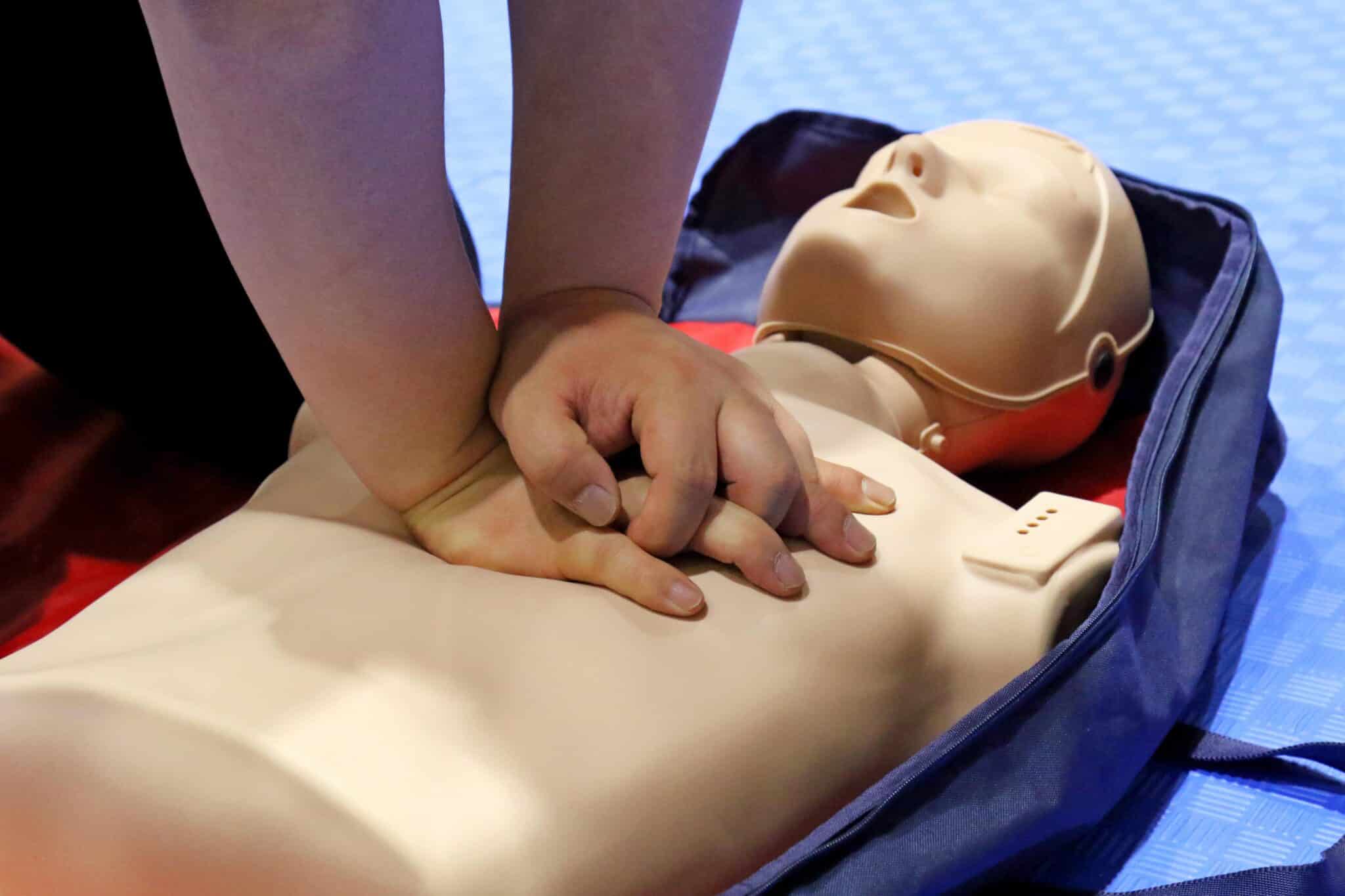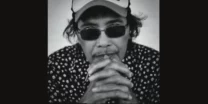HEART disease is one of the leading causes of death in the country, accounting for 20.8 percent, or 9,122 cases, from January to February 2022, according to the Philippine Statistics Authority.
Sudden cardiac arrest (SCA) is one condition that significantly contributes to these cases.
Like a thief in the night, this medical emergency occurs when the heart suddenly stops working properly, cutting off blood flow to the brain and other vital organs.
This can cause the affected person to lose consciousness and stop breathing.
Approximately 350,000 cases of SCA around the world occur in places away from healthcare facilities and institutions, and a person’s survival highly depends on immediately receiving cardiopulmonary resuscitation (CPR) from a bystander.
CPR is done to maintain blood flow and oxygen in the body until a defibrillator can be used to deliver an electric shock to the heart and restore normal rhythm.
Rapid treatment is critical to improving the chances of survival and minimizing the risk of long-term complications.
But according to the American Heart Association (AHA), because of their lack of confidence, passersby rarely perform bystander-initiated CPR in these situations.
SUGGESTED STORIES:
‘Panday’ creator Carlo J. Caparas dies at 80
VETERAN director, writer and comic strip creator Carlo J. Caparas—whose.
“She’s fighting for human rights”: Kuya Kim backs daughter on pro-Palestine stance
FILIPINO TV host Kim Atienza defended his eldest daughter Eliana.
Kiefer Ravena to play for Strong Group in Jones Cup
COMING off a spectacular run in the B.League Division II.
Hands-only CPR
And because CPR could be difficult to learn, a simplified resuscitation technique was introduced in 2008 as a strategy to get people to act immediately upon witnessing an SCA.
Hands-only CPR is an effective form of CPR that can increase the chances of survival for a person experiencing sudden cardiac arrest.
It can be performed by anyone, regardless of training level, and is simpler to conduct than traditional CPR, which entails both chest compressions and rescue breaths.
According to the AHA, hands-only CPR can be done in two simple steps: first, call 911, and second, push the center of the chest area hard and fast.
Remember the beat
One important thing that one should consider when doing hands-only CPR is following the 100-120 beats per minute rhythm. This is done to ensure that the heart is getting enough pressure in order to pump and circulate blood to the brain and other vital organs of the body.
AHA said that one of the best songs to use to keep this rhythm is American singer Taylor Swift’s re-recording of the 2008 earworm Fearless.
“Keeping in mind a song like Fearless (Taylor’s Version) can help keep the right tempo for chest compressions, 100-120 beats per minute,” the association wrote in a Facebook post.
Fearless TV has 104 beats per minute, which is the appropriate tempo to follow when performing hands-only CPR.
Step-by-step guide for doing hands-only CPR
Although it is easy to remember, here is a detailed guide to performing hands-only CPR from the American Red Cross.
Before giving CPR, a bystander should first check the person and the scene to make sure that the area is safe. It is also advised to tap on the person’s shoulder to know if they are fine, and look for signs of rhythmic, normal breathing.
If the person is unresponsive, call 911 for emergency assistance, then begin the compressions.
First, ensure that the person is lying on their back on a firm and flat surface.
Second, kneel beside the person and place the heel of one hand on the center of the chest with the other hand on top of it. Make sure that the fingers are interlaced and up off the chest.
Third, position the body so that the shoulders are directly above the hands, and lock the elbows to keep the arms straight.
Fourth, push the chest hard and fast continuously, following the 100-120 beats per minute, until emergency assistance arrives.
Lastly, allow the chest to return to its original position after every compression.








